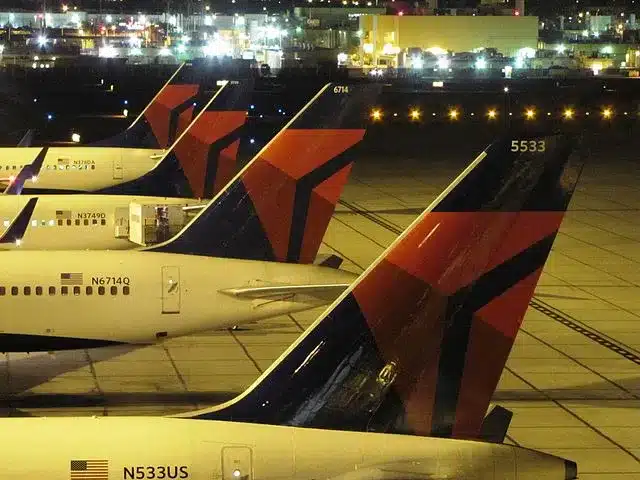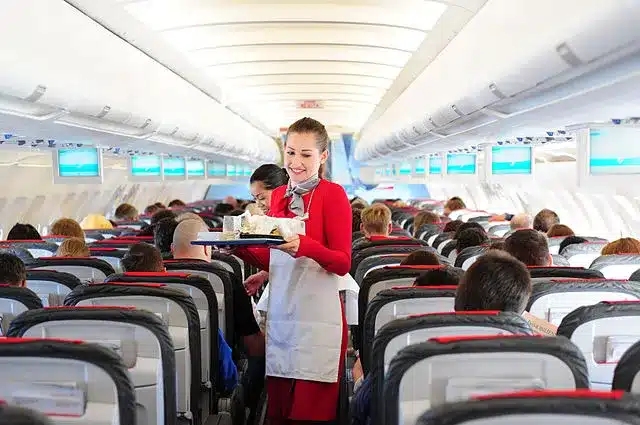Is our incredible Air Safety record changing?
We look at last ten commercial jet air crash events. This is our attempt to identify if aviation errors are changing. Of if things remain the same.
“The older an aircraft is - the more likely it is to crash. Right?”.
Incorrect
There is zero correlation between when an aircraft crashes and its age. Ok, what about severe weather being the primary cause of crashes? Or turbulence? Wrong again.
Plane Crashes
This is always a tough subject for us. As engineers, our lives are full of failures. Literally. Failure Modes Analysis, Failure in systems. Failing to diagnose faults. Because things fail, break, or just cease to deliver what we hope they will. Small parts can also cause other parts, or even an entire system to malfunction or fail.
Fatal Accidents
Now, we expect things to fail. We plan for it. That way – when it fails – we have that plan B. But we need other human beings to realize and recognize these failures when they happen.
When we have an air crash, something has failed. It could be hardware or software. It could be a failure in the data. Or in communications. Communications by aircraft with itself, or within the cockpit, or within the decision-making systems of the aircraft FCC.
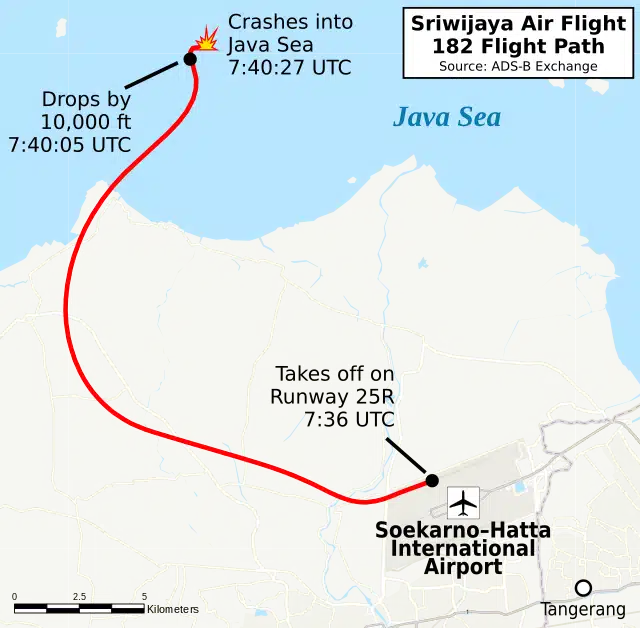
Let’s look at the ten most recent deadly air crash events and related data to check in on the evolution of what caused these crashes. It’s just a snapshot. We know the Boeing B737 max crash was caused by a piece of software that was able to override the actions of the pilots and this has caused consternation in the public.
B737 & A320 civil aviation accidents
We looked at the last 10 accidents involving either a Boeing 737 or the Airbus A320. Why? Because these are the Toyota Corolla’s of the low-cost airline business, the most mass-produced air transport aircraft and therefore the aircraft that you, or I, will fly most on.
| Date | Aircraft | Airline | Cause |
|---|---|---|---|
| 19.03.2016 | Boeing B737 | FlyDubai | Pilot Error |
| 19.05.2016 | Airbus A320 | Egyptair | Cockpit Fire |
| 18.05.2018 | Boeing B737 | Global Air/Cubana | Pilot Error |
| 29.10.2019 | Boeing B737 Max | Lion Air | Design Fault/Technical Fault |
| 10.03.2019 | Boeing B737 Max | Ethiopian Airlines | Design Fault/Technical Fault |
| 08.01.2020 | Boeing B737 NG | Ukraine International | Shot Down |
| 05.02.2020 | Boeing B737 NG | Pegasus Airlines | Pilot Error |
| 22.05.2020 | Airbus A320 | Pakistan International Airways | Pilot Error |
| 07.08.2020 | Boeing B737 | Air India Express | Pilot Error |
| 09.01.2021 | Boeing B737 | Sriwijaya Air | Pilot Error |
Now we are not here to scare anyone or name names. If you’d like, we have linked to the Air Accident reports and you can skip right to the recommendations section. If that’s your thing. And it should be.
Like it or not, most flight safety improvements are due to lessons learned in accidents. We should never waste any opportunity to learn. We are not concerned with small aircraft or helicopters, if you want you can see those at the HeliHub.
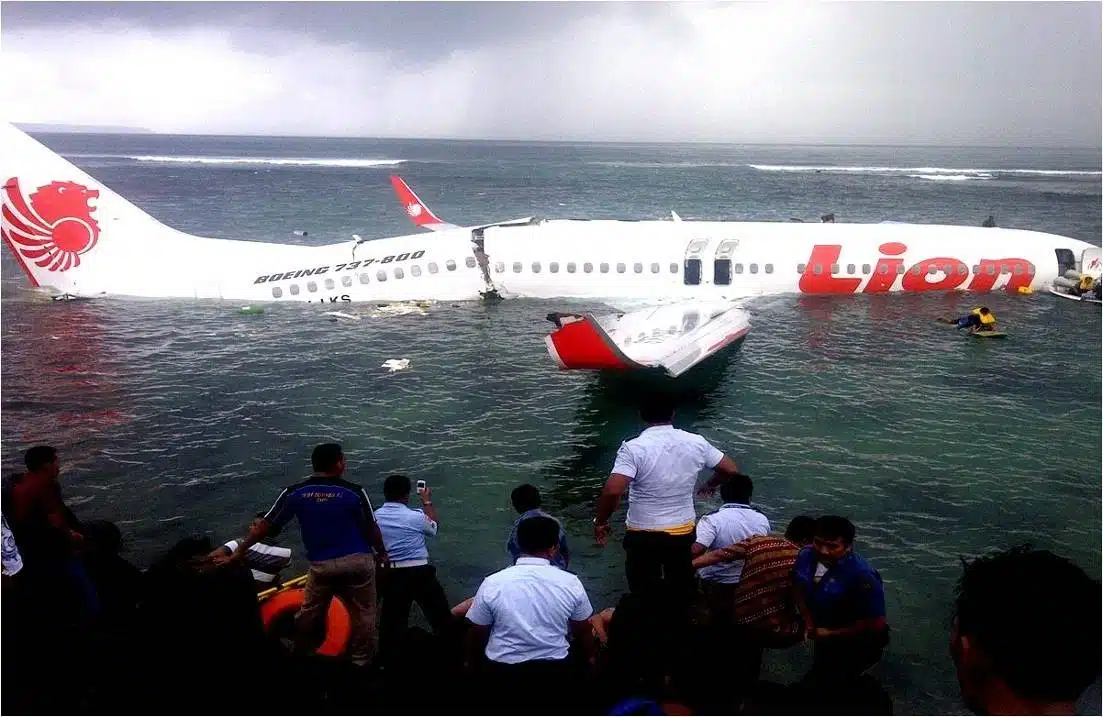
Incidents
But what people do not readily understand (or wish to not know), is that aircraft perform a multitude of automatic functions without pilot intervention. Moreover, the aircraft will intervene if the pilot does something the aircraft knows it should not be doing. Say, pushing the stick forward to crash the aircraft. A modern commercial aircraft will stop you. One of many safety systems.
And we have stats. Thanks to www.statista.com and Aviation Safety.
Control Column
But these fights did not end well. Ten times a flight did not turn out the way we wanted. And that’s too many air crashes. However, in 2020 (pre-Covid) there were forty million flights operated worldwide and only eight flights where someone died. 8 divided by 40,000,000 = .0000002% fatality rate.
We have a companion piece on the Lion Air and Ethiopian B737Max crashes. You can read that or better still, you can read the official OIG report. And you should because we know what you’re thinking right now. So, stop thinking about it. Go read about the B737Max flights and read how those pilots never stood a chance. We can’t stop you from judging anyone but do so only after you read the facts.
Our brothers and sisters in the piloting community deserve at least that. I have been on many jumpseats and I have seen these folks in action. The last 60 seconds of all flights are dizzying in their complexity and risk. These are competent, brave people.
Air Crash - Pitot Tubes
We are not sure what happened on the Egyptair flight. First, they thought it was a bomb, but it was most likely cockpit fire. The UIA B737 was in the wrong place at the wrong time when people with weapons were in a heightened state of alert. We might even argue this was also human error. Just not on the part of the pilots.
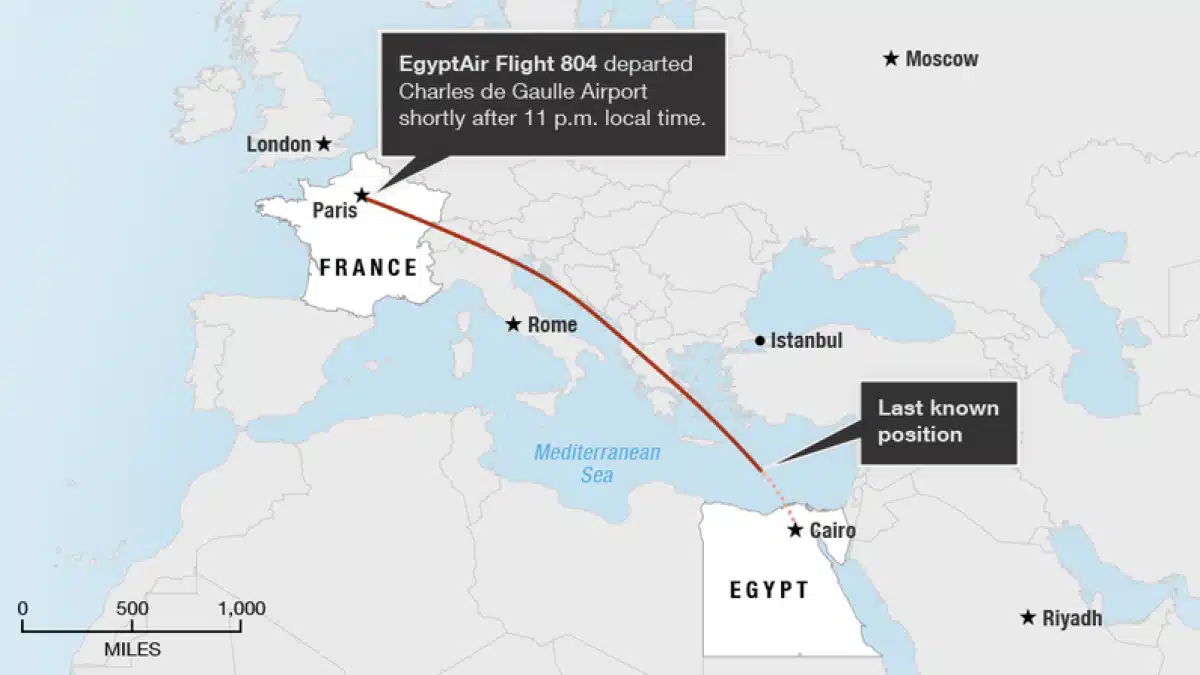
Human Error
Human error is now – and always has been – the largest contributor to Air Accidents. The human-machine interface is where the slope is the slipperiest. Everything we do as designers and engineers is to help pilots in their time of greatest need – when something fails. And sometimes we don’t do a perfect job. As with the B737Max.
Pilots have mere seconds to act when they are alerted to a problem. And there is the highest price to pay if you act too quickly or without consideration. In 2015, shortly after take-off, an ATR72 had an engine failure. The captain mistakenly shut down the wrong – perfectly fine – engine, dooming all on board. That Mike Tyson quote about having a plan until you get punched in the face…it’s spot on.
People on Board
What we need to do is help these pilots as much as we can. As an example, we design fuel systems, so we no longer need flight engineers in the cockpit as we did with older aircraft like the B747 or A300’s. The fuel is now managed by computers, so pilots don’t have to. Do you think aircraft just get fueled and that’s it? Fuel management is a second-to-second system that manages power, cooling and balance. All automated.
The pilot’s job is to fly the aircraft. But there are several systems that are helping them concentrate on that. Fuel, Electrics, Hydraulics, Making minor adjustments every second. 20 years ago, the cockpit looked like this.
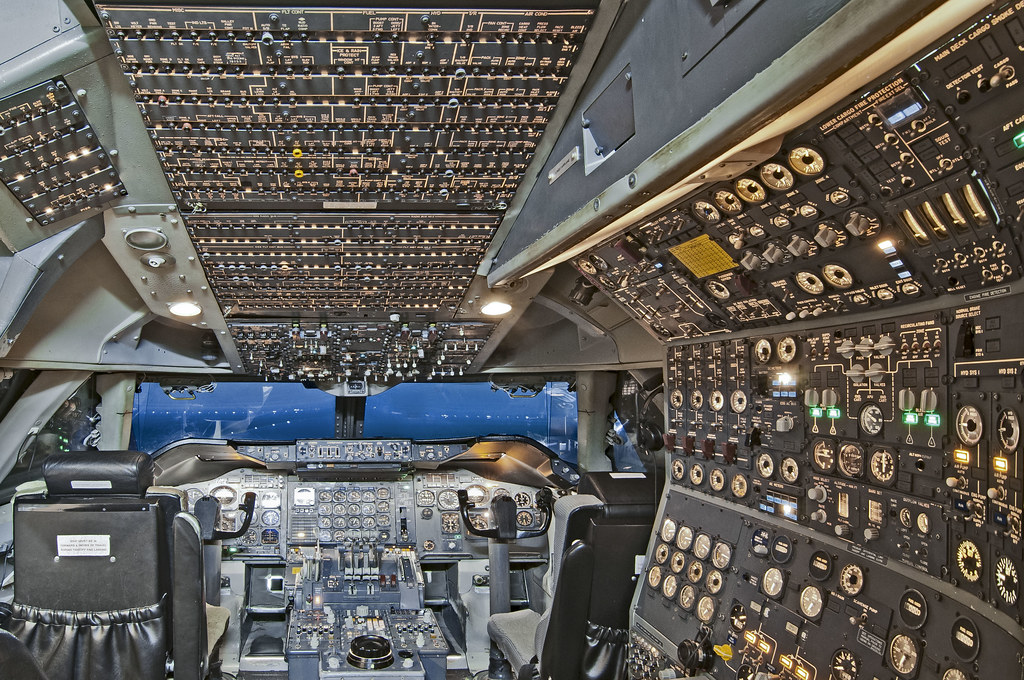
Now they look like this.
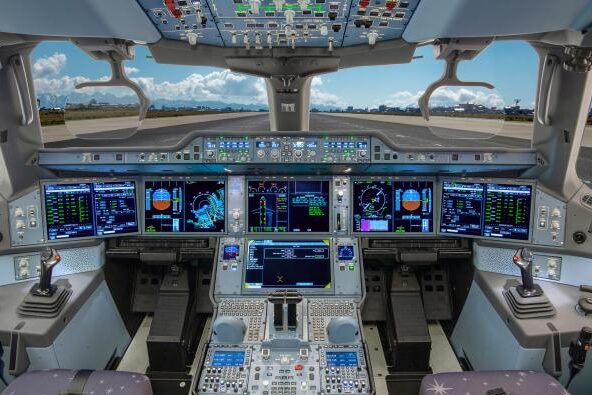
We design new cockpits so the pilots can have the actionable items right there in front of them when they need them. And don’t have to go looking for anything hidden on some panel in a dark corner of the cockpit. Or in some manual. But sometimes this automation goes too far, such as the MCAS on the B737.
We also see a lot of people out there recently jumping up and down about Drone taxis and UAS aircraft that will be buzzing us around our cities in no time. And single-pilot or Pilotless commercial aircraft are a constant agenda point for a lot of groups.
Air Crash - Air Safety
This is not the article for that debate, but we are a hell of a long way from doing away with one pilot, much less both. Or being able to fly people commercially using remote systems or with full automation. Current drone incident rates are somewhere between 20-30%. And these are the big, military machines with a lot of pedigree behind them. We will always need pilots and what we need to do is improve this HMI (human-machine-interface) to a point where errors are allowed but noticed. And dealt with. Because they too will always exist.


